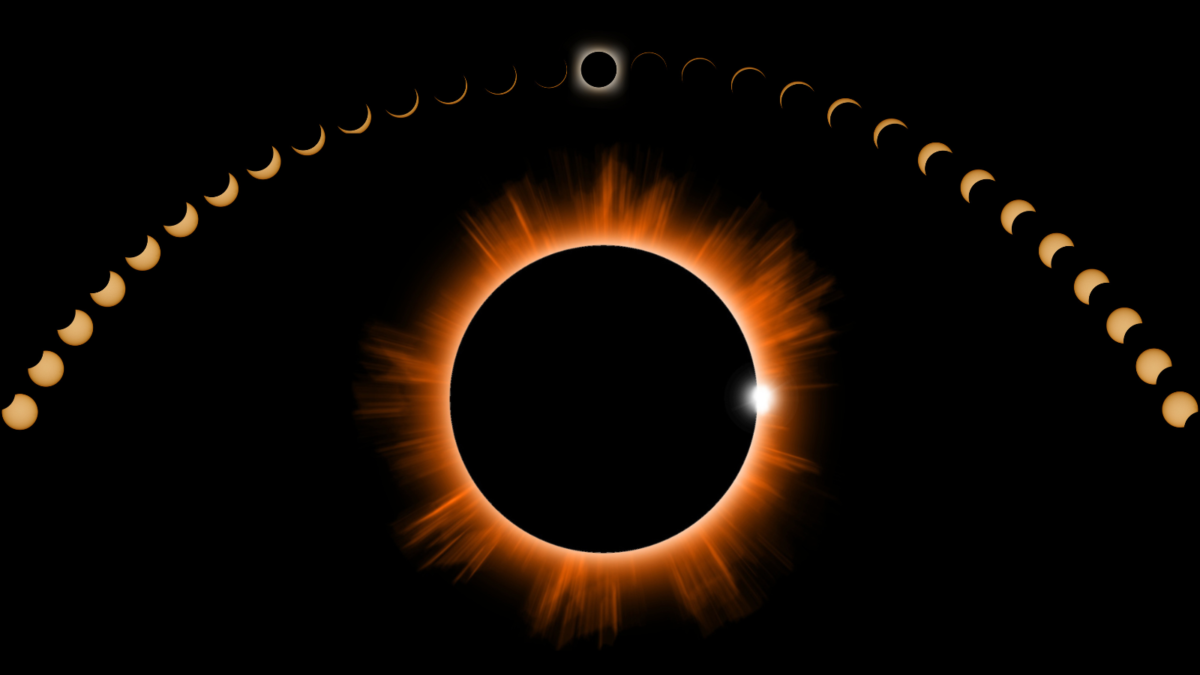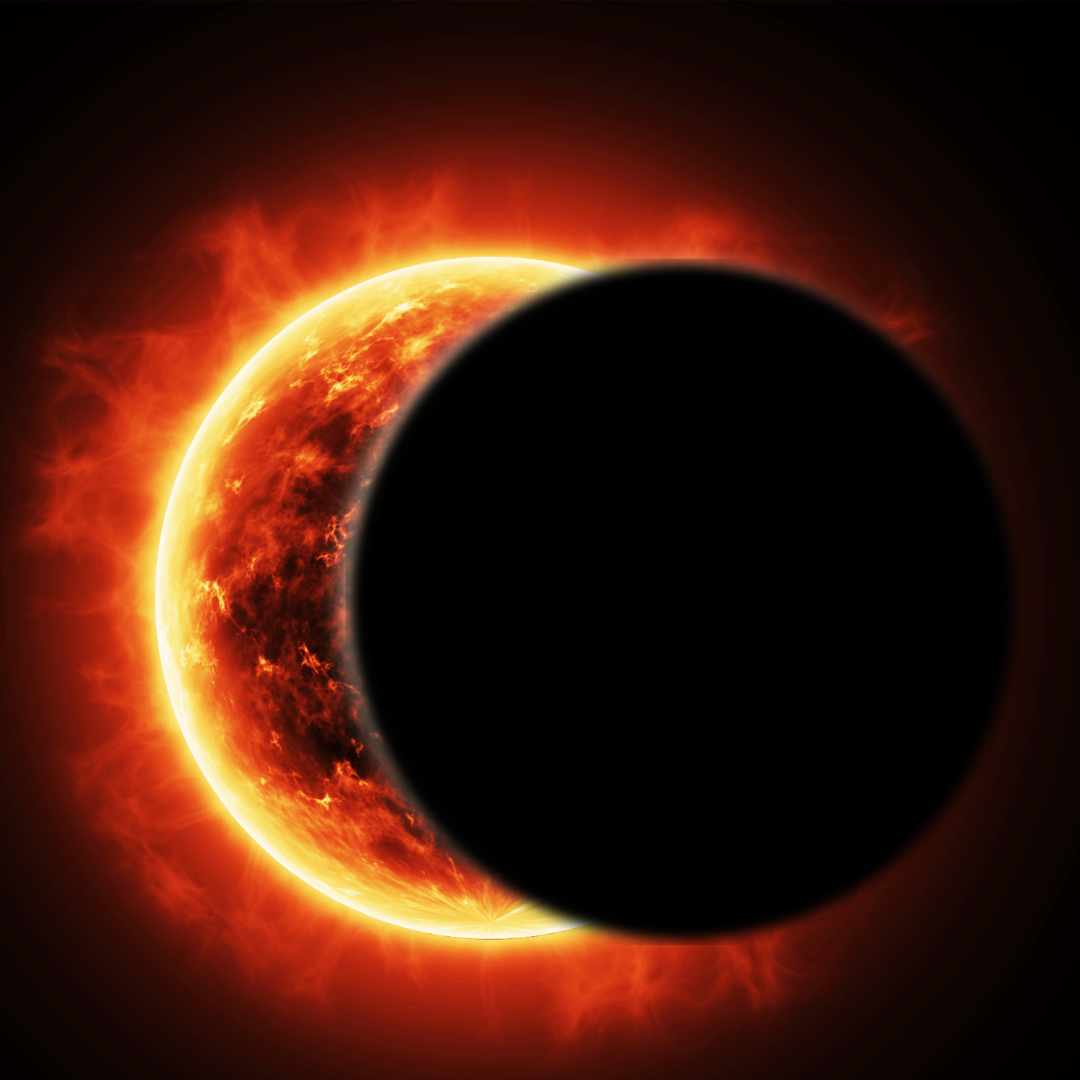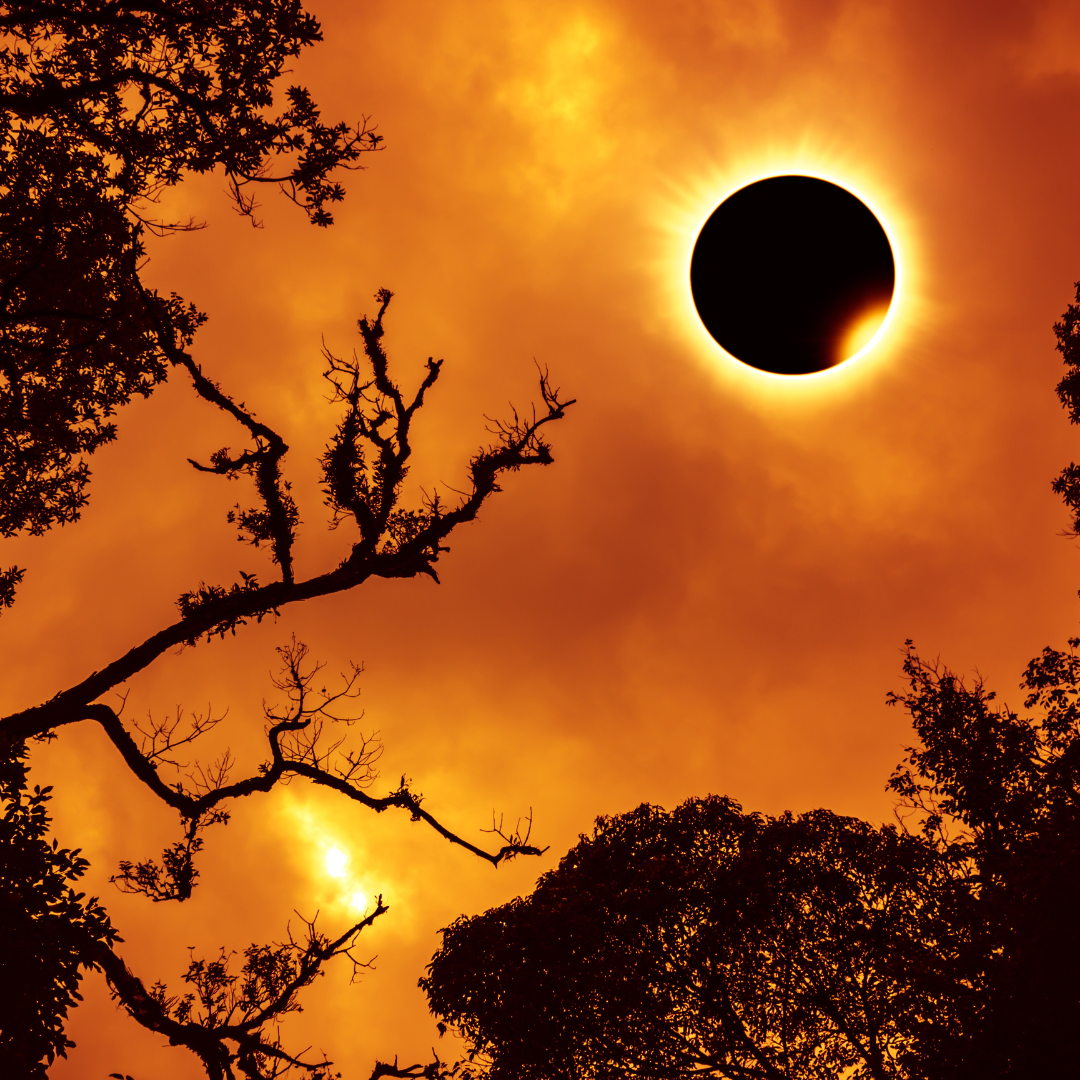It’s Showtime! Viewing the 2024 Solar Eclipse Ring of Fire

On April 8, 2024, a total solar eclipse will cross North America, passing over parts of Mexico, the United States, and Canada. And it is a HUGE celestial event! As a company located in Indianapolis, a prime viewing location for the eclipse, the team at Noble Metal Refining decided to do a little research on what we’re about to see. We were excited to learn that we’re perfectly positioned to experience “totality” which is the stage of an eclipse when the Moon completely blocks the bright face of the Sun, revealing the Sun’s “ring of fire” (the normally hidden corona). Since fire is integral to our operations, the solar eclipse ring of fire captured our interest and we discovered that it’s a pretty hot topic (no pun intended) for scientists around the world as well! Here’s what we learned:
What’s the Big Deal?

A total solar eclipse happens when the Moon passes between the Sun and Earth, completely blocking the face of the Sun. During a total eclipse, the sky darkens significantly and the air temperature drops about 10 degrees. A total eclipse is the rock star of celestial events, drawing people hoping to view and experience this rare event from far and wide (using their special, ISO-certified eclipse viewing glasses of course). In Indiana, we’re told to expect up to half a million out-of-state visitors on the day of the event!
What is the Sun’s Ring of Fire?

Weather permitting, spectators in the “path of totality” will be able to view the Sun’s corona, the outermost layer of its atmosphere, which is usually obscured by the bright face of the Sun. This layer is called the ring of fire, partly because that’s exactly what it looks like at the point of an eclipse’s totality, but also because it is WAY hotter than the Sun’s surface. The ring of fire has temperatures reaching more than 2 million degrees Fahrenheit compared to the Sun’s relatively cooler surface temperatures of around 10,000 degrees Fahrenheit. This phenomenon has puzzled scientists for decades, since conventional heat transfer mechanisms can’t account for such a significant increase in temperature away from the Sun’s core. One source says it would be like sitting in front of a campfire in a seat 200 times hotter than the burning wood. In other words, it defies physics!
How Does It Get So Hot?

That has been the burning question for scientists ever since they began studying the Sun. Theories abound, but interestingly (to metal refiners like us especially), one of the leading explanations for this temperature difference involves the presence of trace amounts of metals such as iron, nickel, and magnesium in the corona. Astronomers first observed the solar eclipse ring of fire during the 1869 total solar eclipse. Their observations revealed a feature in the corona that they interpreted as evidence of a new element which they named “coronium.” Seventy years later, improved theories revealed that it was not a new element at all, but was actually iron superheated to a temperature much higher than that of the Sun’s surface. But how is the corona able to burn at such high temperatures? Many scientists now believe that the corona’s extreme heat is due to the complex interplay of electromagnetic waves and/or nanoflares, plasma dynamics, and the presence of ionized metals within the Sun’s atmosphere that conduct and transfer energy.
Next week, scientists across the country will be observing the total solar eclipse of 2024 with the expectation that the moment when darkness falls across the land will help shed light on the mysteries of the Sun’s power, including what makes the ring of fire burn so fiercely. They will be aided in their observations by two sophisticated spacecrafts, the Parker Solar Probe which NASA launched in 2018, and the Solar Orbiter, launched by the European Space Agency in 2020. If you’d like to learn more details about the science behind it all, check out these great articles:
How the Eclipse Will Change Solar Science Forever
NASA’s Parker Solar Probe and the Curious Case of the Hot Corona
And if, for some strange reason, Johnny Cash is suddenly on your mind, here’s a little something for your listening pleasure! Johnny Cash: Ring of Fire
To learn more about why our Indianapolis location makes Noble Metal Refining a “hot spot” for our many refining customers, click here.
